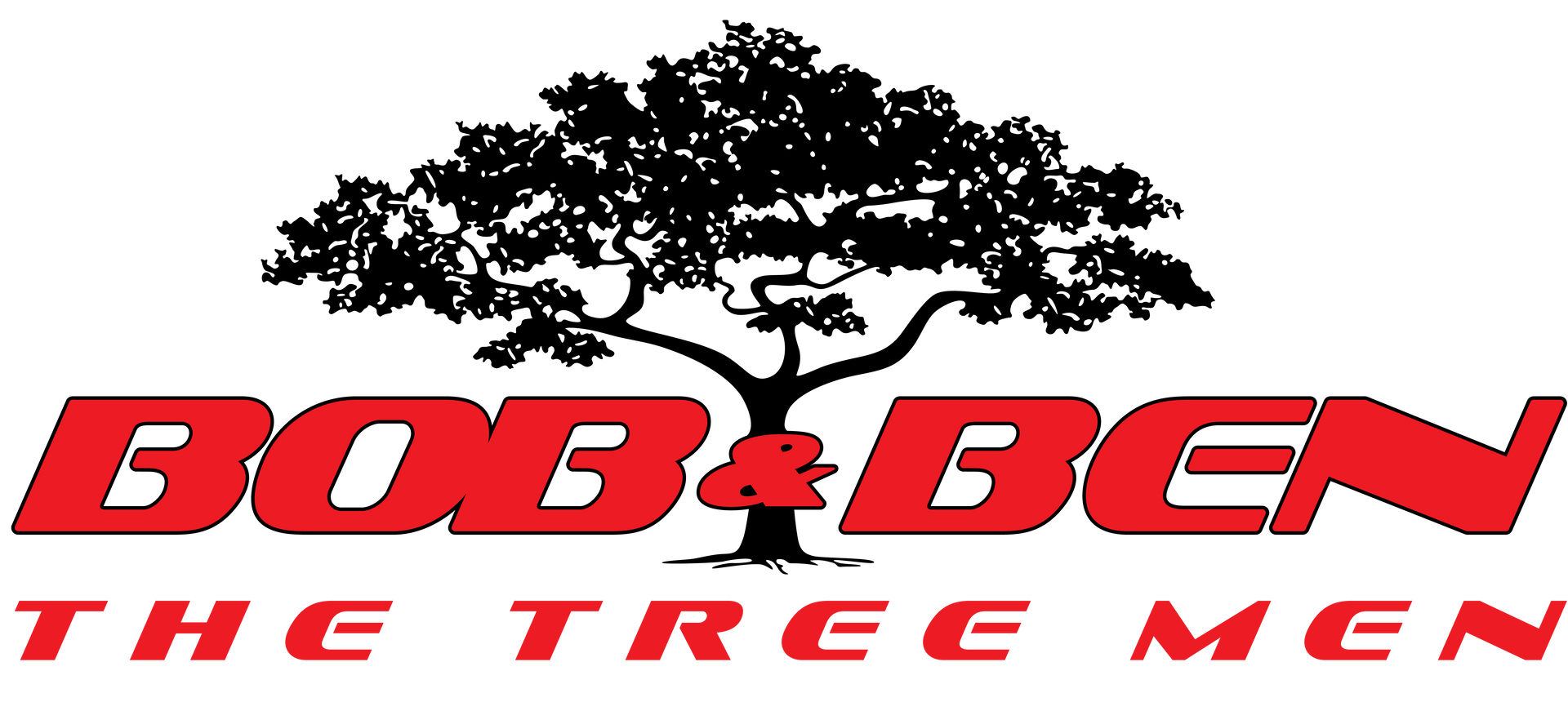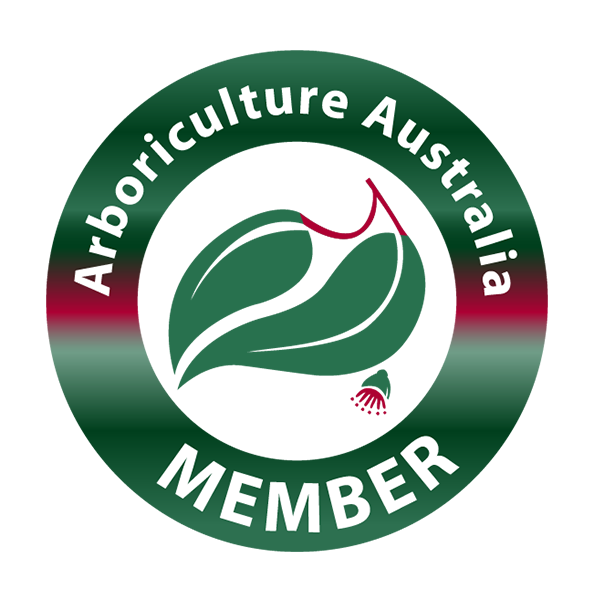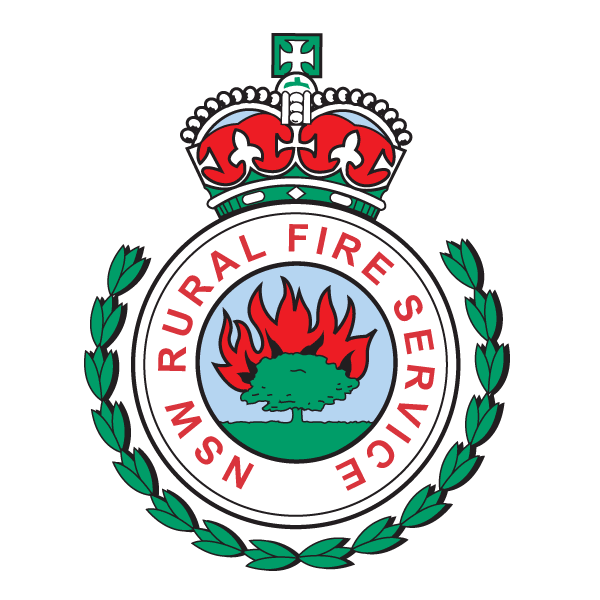Are You Allowed to Remove Trees on Your Property?
Do you have a tree on your private property that you want to remove? While it may seem that tree removal is entirely at your discretion, it's important to understand that there are tree removal laws in place. This means that failing to comply with these regulations could result in penalties or fines, and in some cases, legal action.
In this blog, we'll find out whether it is allowed to remove a tree on your property. From understanding the local council regulations to assessing environmental impacts and obtaining tree removal permits, we'll guide you on how to proceed with tree removal legally and responsibly. Read this blog to learn more.
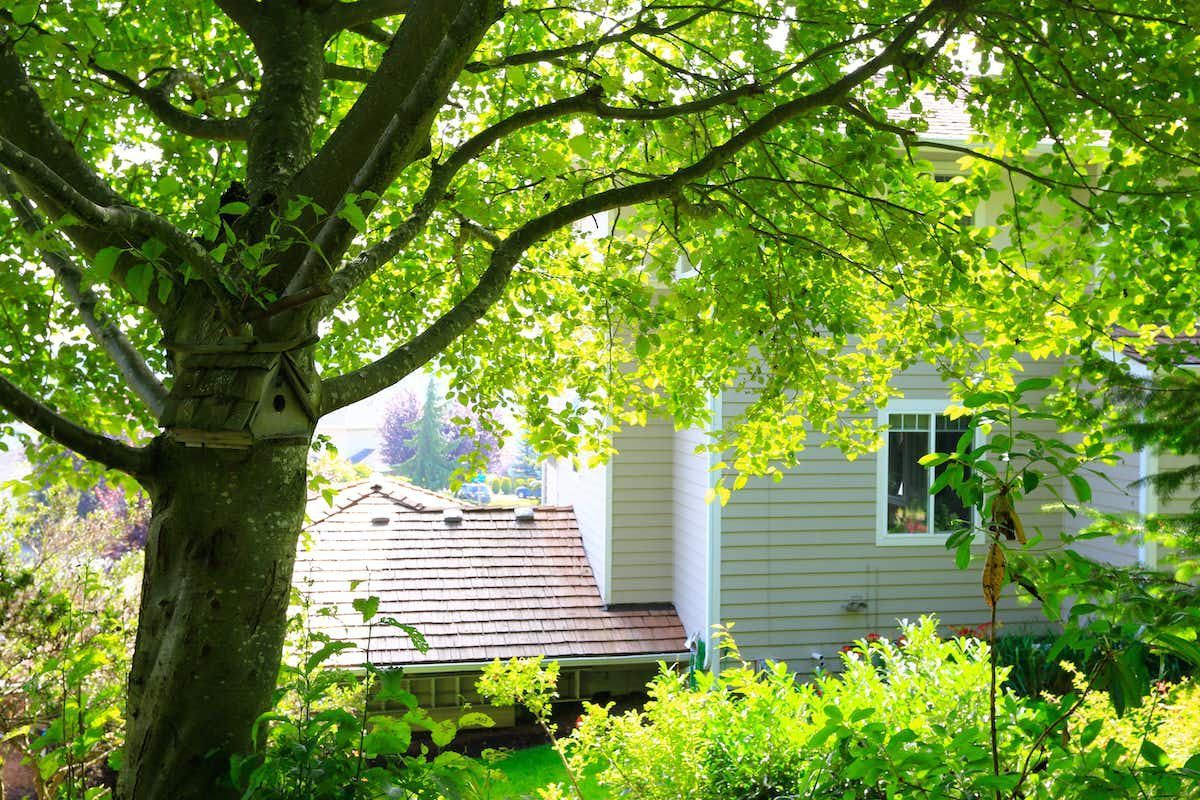
Common Reasons for Tree Removal
There are several reasons why you should remove trees on your property. Here are some:
Dead or Diseased Trees
Dead trees pose safety risks with falling branches or collapse while also spreading disease to nearby trees. Prompt tree removal is crucial to maintain the health and safety of your property and surrounding environment.
Structural Instability
Your tree might need to be removed if it poses a safety hazard to people or nearby property. Trees that lean dangerously or have large, dead branches should be promptly removed to mitigate potential accidents and property damage.
Tree Damage
Trees that have sustained significant damage from storms, high winds, or other environmental factors may need to be removed if they cannot be safely repaired or salvaged.
Interference with Structures
Trees that are causing damage to buildings, foundations, driveways, sidewalks, or underground utilities may need to be removed to prevent further structural damage.
Crowding
In cases where trees are overcrowded or growing too close together, tree removal may be necessary to allow remaining trees to thrive and maintain a healthy ecosystem.
Obstruction
Trees that obstruct views, block sunlight, or interfere with landscaping plans may need to be removed to improve the aesthetics or functionality of the property.
Landscaping Renovation
In some cases, tree removal may be part of a larger landscaping renovation project to redesign or repurpose outdoor spaces.
When is it allowed to remove a tree on your property?
Local authorities may typically grant permission to remove a tree on your private property line when it poses a safety risk to nearby structures or individuals. However, hiring experienced professionals who specialise in safe tree removal is crucial to assess the situation accurately and execute the tree removal process safely and efficiently.
Here are some reasons why tree removal may be permitted:
- The tree is diseased or infested, posing a risk to the health of surrounding vegetation.
- Structural instability, such as leaning or root damage, threatens the stability of nearby buildings or infrastructure.
- Overcrowding or encroachment on utilities, posing potential hazards or damage
- The tree's location interferes with planned construction or landscaping projects
- Emergency situations, such as storm damage or fallen trees
When is it not allowed to remove a tree on your property?
It is generally not allowed to remove a tree on your property if it is protected by local council regulations or if removing it would violate environmental laws or regulations aimed at preserving natural habitats. Here's a more detailed overview.
Local Government Regulations
Many local councils in Australia impose Tree Preservation Orders (TPO) to protect significant trees or vegetation. Furthermore, other regulations may vary depending on factors such as the tree species, size, location, and environmental significance.
If the Tree is Protected
Protected trees are trees that have been recognised as valuable and should not be removed or harmed. These trees are typically selected based on the following:
Endangered or Protected Tree
If a tree species is protected under tree protection laws, you cannot damage or remove it without obtaining a permit. Any unauthorised work on a protected tree may result in significant fines or legal action, potentially leading to appearances in Environmental and Land Court.
Heritage and Cultural Significance
Trees with heritage or cultural significance may be protected under tree protection laws, which are designed to safeguard these valuable assets from indiscriminate removal or harm. Such laws often outline procedures for assessing the cultural or historical significance of trees and may require consultation with heritage authorities or Indigenous communities before any action is taken.
Distinctive size, location, or physical attributes
Trees that have a distinctive size, location, or physical attributes are considered protected due to their unique ecological significance and role in enhancing the aesthetic appeal of landscapes. These trees often serve as keystone species, providing vital habitat for wildlife, stabilising soil, and contributing to local microclimates.
Horticulture value
Trees with horticultural value are considered protected through measures such as cultivation in botanical gardens, inclusion in endangered species lists, and conservation efforts by horticultural societies and botanical institutions. Their protection involves preserving genetic diversity, specialised habitats, and promoting sustainable cultivation so they can continually survive and contribute to horticultural heritage.
Steps to Legally Remove a Tree on Your Property
Tree removal regulations vary among councils, but Tree Preservation Orders (TPOs) and Local Environment Plans (LEPs) often influence the decision-making processes.
Obtain Approval from the Local Council
Before you remove a tree, acquiring local council approval is essential to make sure that you are not removing protected trees. After all, complying with the regulations is important to maintain ecological balance, prevent deforestation, and conserve biodiversity within the community.
Check 10/50 Vegetation Clearing Scheme
If you live near bushland or in a bushfire-prone area, it's recommended to check the 10/50 vegetation clearing entitlement area, which allows you to clear certain vegetation around your residence without needing approval from local councils or land services office.
Apply for a Private Tree Permit
If you have an NSW Planning Portal account, you might have the option to apply for a Private Tree Permit through the Portal. All you have to do is check whether your local council accepts Planning Portal applications, as not all councils do. This streamlined process can simplify your application for tree permits, but make sure to confirm first the availability of this service with your local council.
Consult with a Qualified Arborist
If you are unsure if it's allowed to remove a tree on your property, a certified arborist can assess the specific situation and determine the best course of action for your property. They can conduct a thorough assessment, identify any potential hazards, and provide expert recommendations tailored to your property's needs.
Takeaway
In Australia, removing trees from your property is not a decision to be taken lightly. It involves navigating through legal requirements to make sure you are in compliance with the local council regulations and responsible management of the land. In addition, property owners may also need to seek assistance from professional arborists to assess the health of their trees, determine the best course of action, and provide safe and efficient removal if necessary.
At Bob & Ben The Tree Men, you can trust that our team of professional tree loppers to remove trees with precision, care and in strict adherence to all applicable laws and regulations. With years of experience and expertise, our certified arborists will deliver exceptional results while guaranteeing full compliance with local laws and regulations governing tree removal. Get in touch with us today to request a free quote.
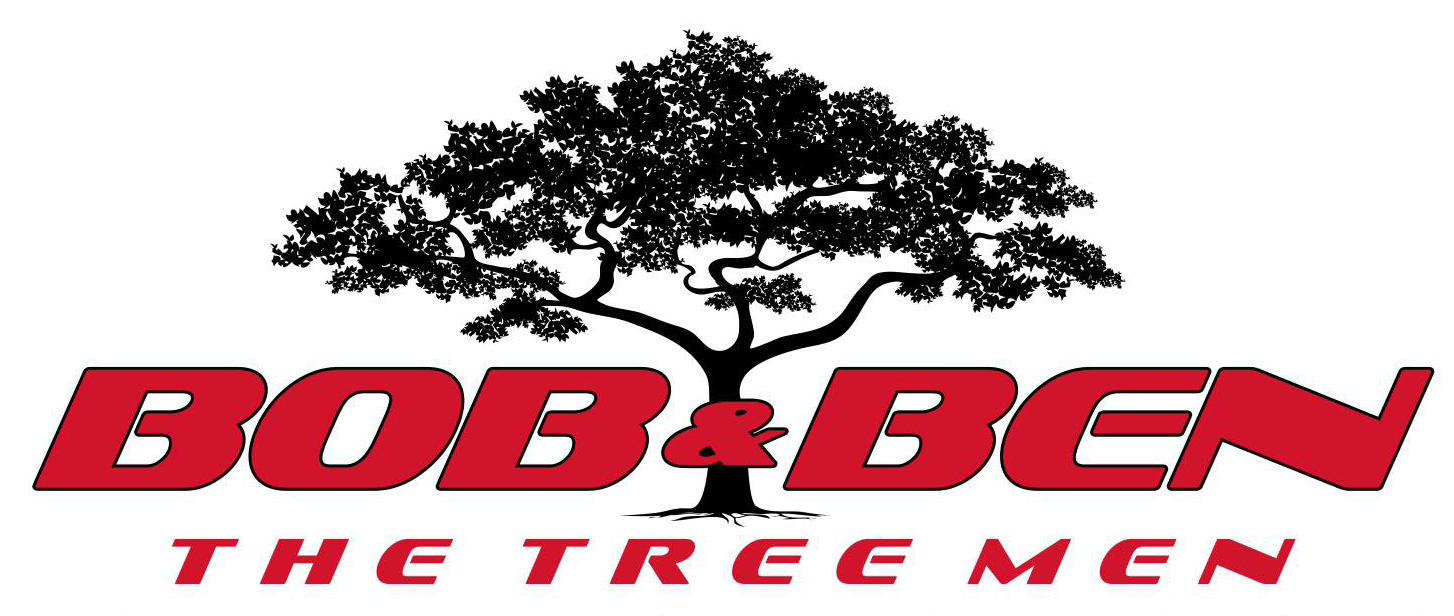
Over 25 years ago, Bob and Ben planted the seeds of what would become one of the most popular and trusted tree service businesses in the Sutherland Shire.
Get your FREE tree lopping quote today!
Let Bob and Ben The Tree Men get to the root of all your tree problems. Contact us today to receive your personalised quote.
